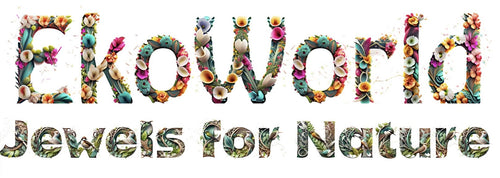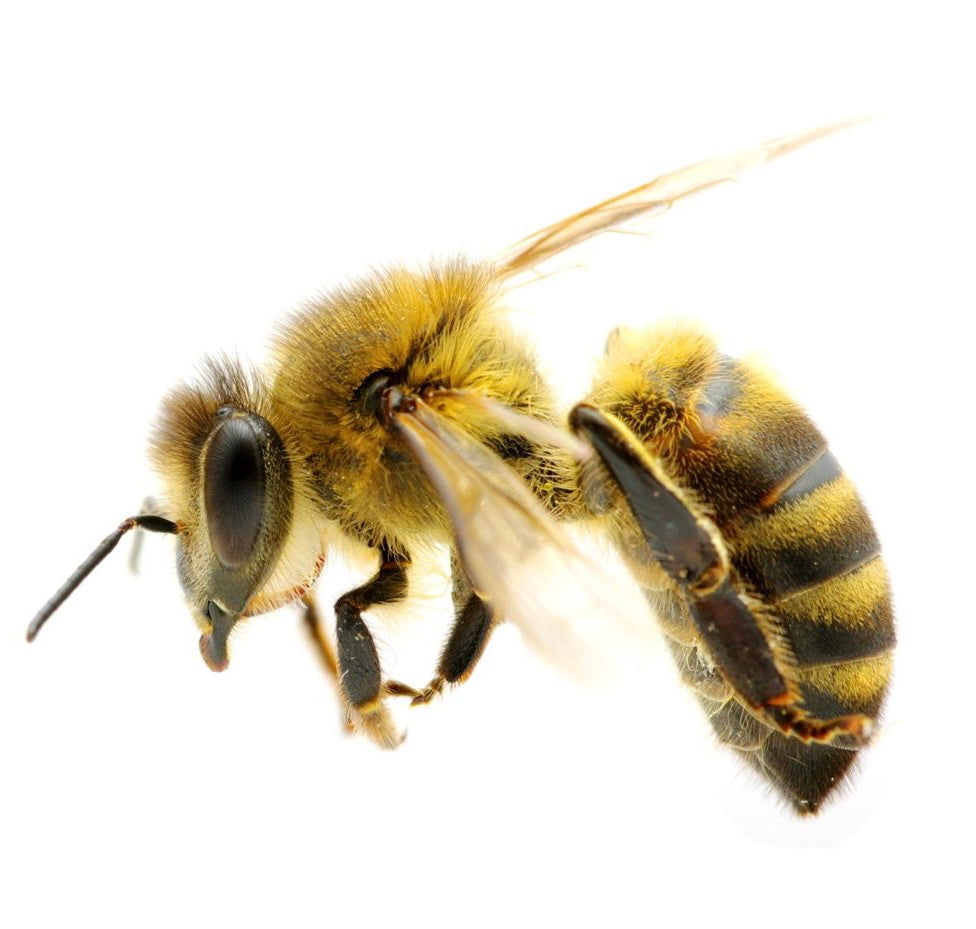EkoWorld
Shell Necklace in 925 Silver and Natural Pearl
Shell Necklace in 925 Silver and Natural Pearl
Couldn't load pickup availability
Free shipping
Free shipping
Returns and exchanges within 30 days
Returns and exchanges within 30 days
Returns and exchanges up to 30 days after receiving your order!
The return can be requested within 14 days of receiving the order, and made within 30 days after receiving the order.
10% discount if you add it in the 🛒
10% discount if you add it in the 🛒
Unlock an additional discount when you buy multiple items!
The more you buy, the more you save! ❤️
The more you buy, the more you save! ❤️
The more you buy, the more you save!
Buy 2 Items with 15% discount
Buy 3 Items with 20% discount
Buy 4 Items for 25% off
Shells are objects loved by almost everyone, scattered on the beaches, like sea jewels that children and adults have always collected. Few people know, however, that for most of history, shells played a fundamental role for man, they were used in all fields, from money to art. Primitive men of the Stone Age used shells to decorate their jewelry, houses and boats. In many tropical countries, tribes used shells as a bargaining chip. The Incas buried shells with their dead. Throughout history, architects and artists incorporated various symbolisms into their works, including the shell. Among the ruins in Pompeii, shells were found used to decorate the statues of the deities.
The result of these ancient customs was that the shells were absorbed into our collective unconscious as a positive symbol.
In Greek and Roman myths, shells were a symbol of prosperity, of rebirth and, if associated with the sea, they indicated the source of fertility. We all come from the sea, the shell thus became a symbol of the womb and the birth of the goddess Venus or Aphrodite.
For this reason, the shell represented the female divinity in pagan worship, and was associated with love, birth, reproduction.
In Roman mythology it is said that Venus, the goddess of love and fertility, was created from the foam washed ashore on top of a shell. Many paintings representing Venus therefore depict a shell to identify it. A classic example is Botticelli's "The Birth of Venus".

The shell is linked to the famous Way of St. James (also known as "The Way of Santiago"), one of the most important Christian pilgrimages in medieval times, together with Rome and Jerusalem.
“The conch is the traditional symbol of James, son of Zebedee, and is popular with pilgrims on the Way of St. James to the apostle's shrine in Santiago de Compostela in Spain. Medieval Christians who embarked on the pilgrimage to his shrine often wore the shell symbol in their hats or clothing.
Few people know that the Way of St. James was built on the ruins of a much older sacred path. The pilgrimage was used to promote fertility and was traveled by young couples who wished to have a child. True to its ancient meaning, it is said that pilgrims carried a shell with them. Christians continued this tradition in part, but dedicated the route to St. James.
The pagan symbol of the shell is therefore embedded in the collective unconscious. It has always had positive connotations, just like the next symbol we are going to analyze, the diamond / rhombus.
30 DAY MONEY BACK GUARANTEE
are you not satisfied with your purchase? You will have the option to return it and receive a full refund within 30 days of payment.
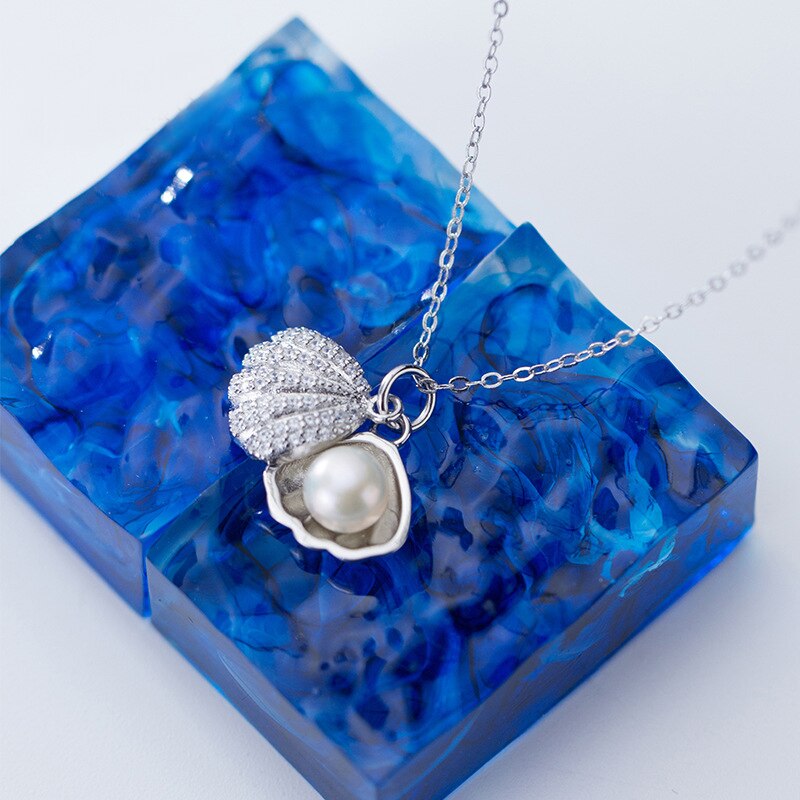
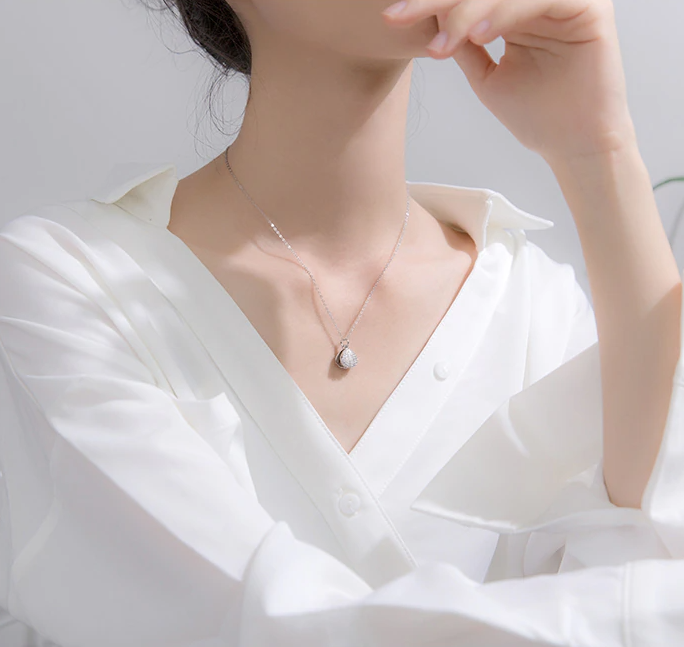
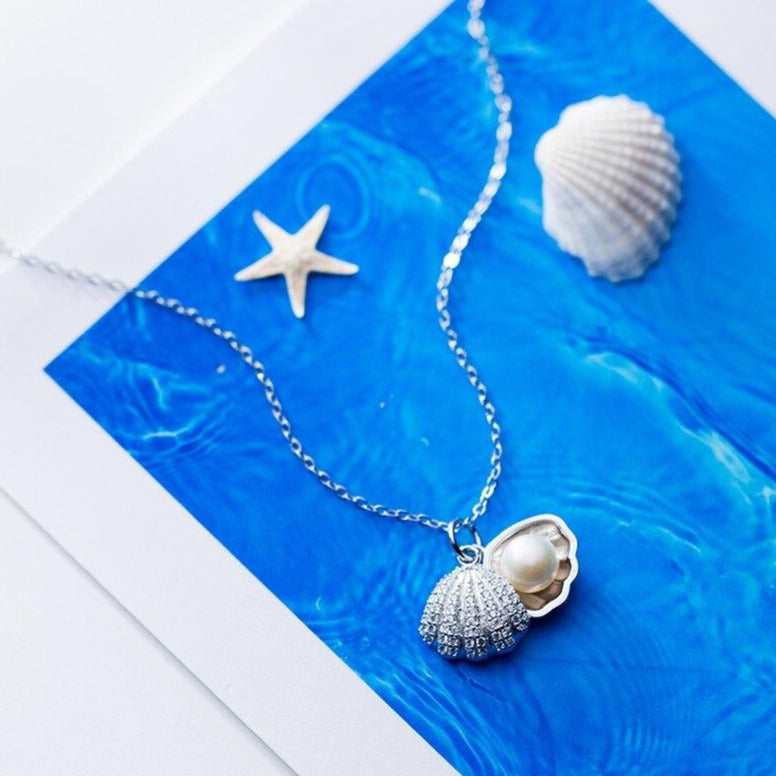
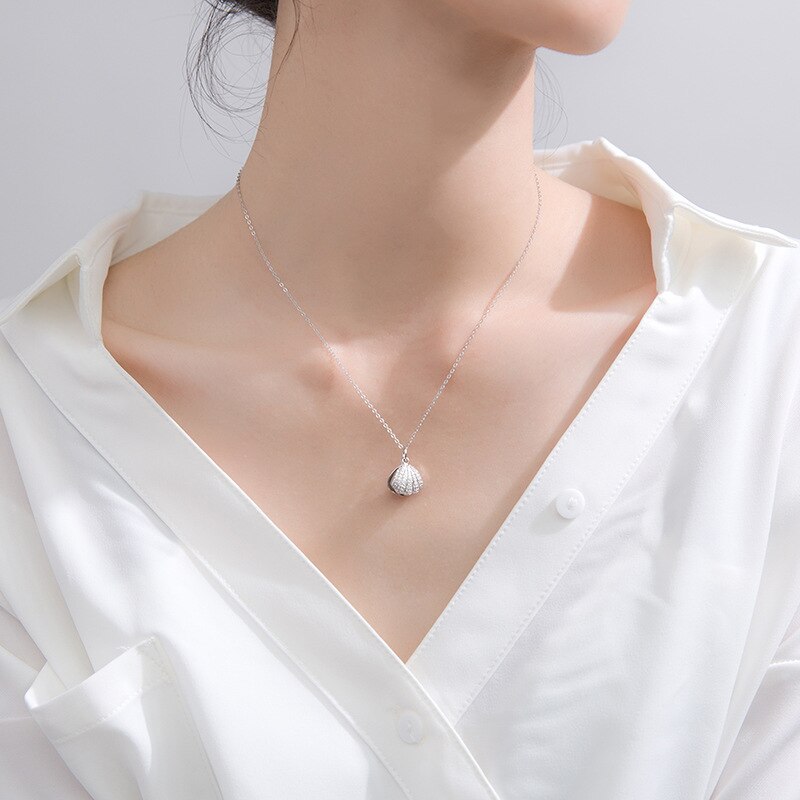
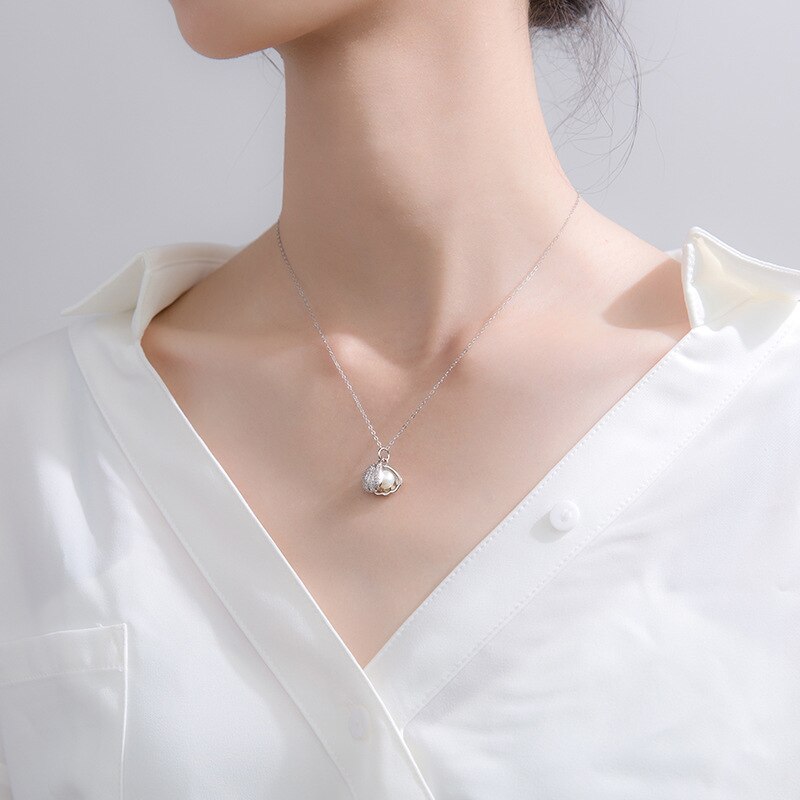
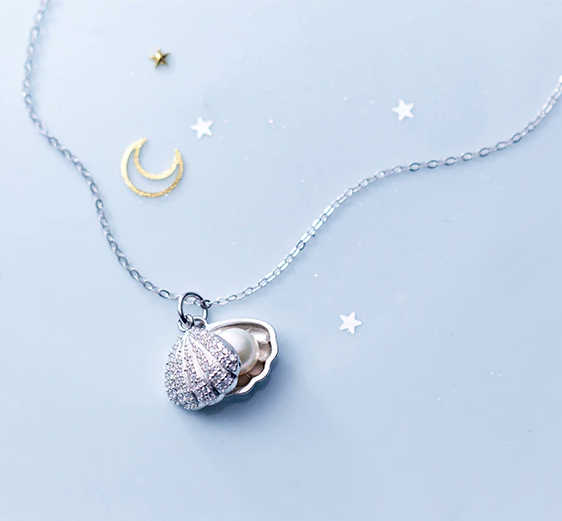
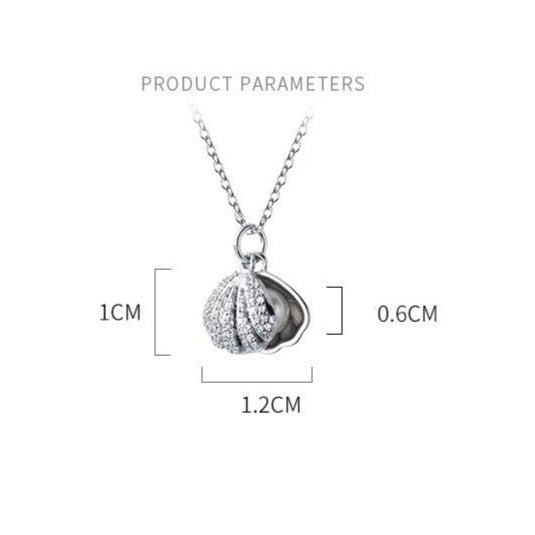
Discover all the jewels
-

Tree of Life
The Tree of Life commonly represents the interconnectedness of everything in the...
-

The magic of Flowers
Floriography is the 'language of flowers'. Dating back to the Victorian times...
-

World Fruit Jewels
Jewels in 925 Silver and Natural Stones inspired by the world of...
-

Animal Kingdom
The animal kingdom has been a rich source of inspiration for jewellery...

Turtle ring
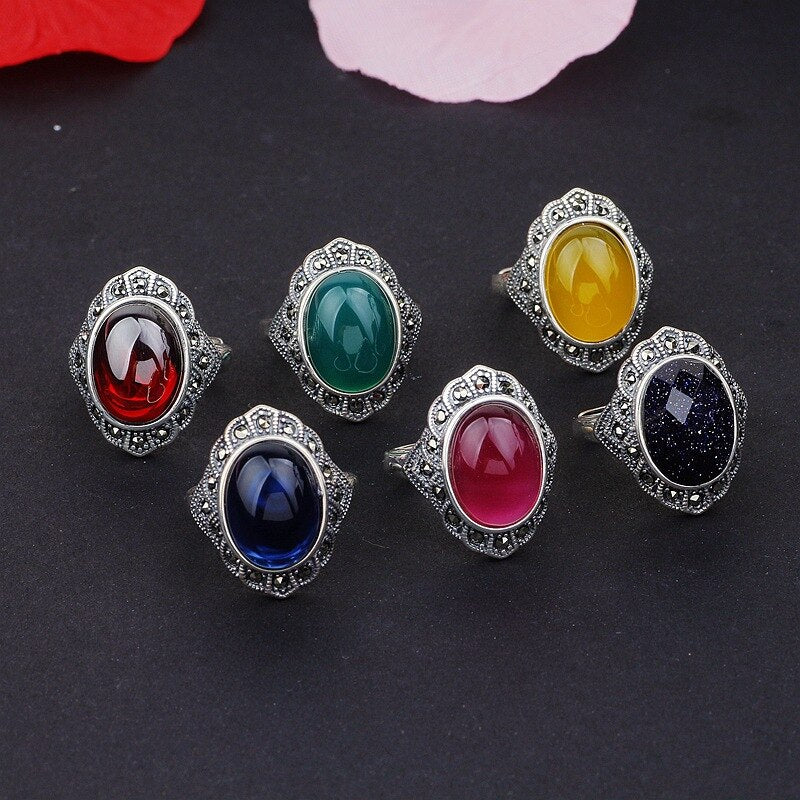
Natural Stone Ring
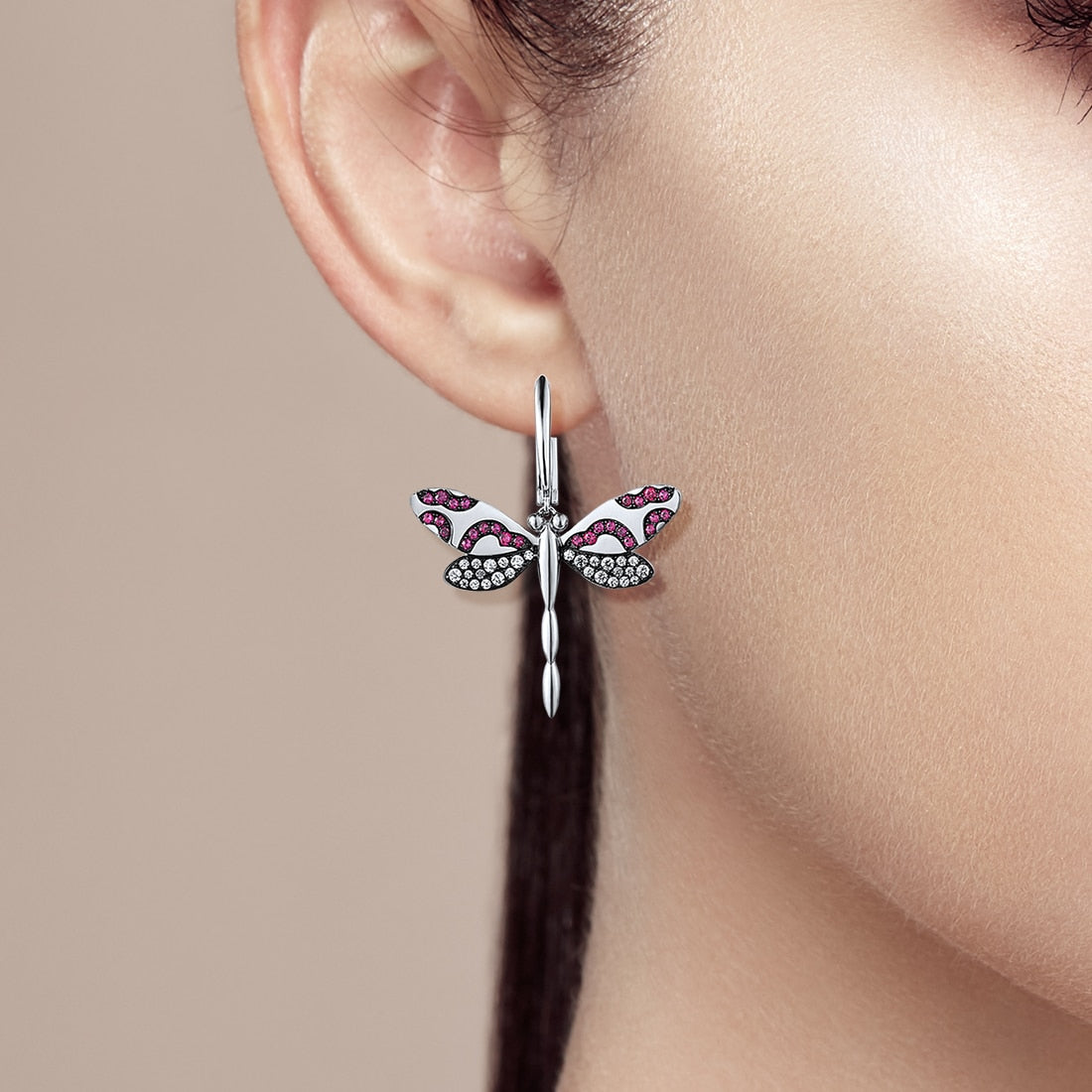
Dragonfly earrings
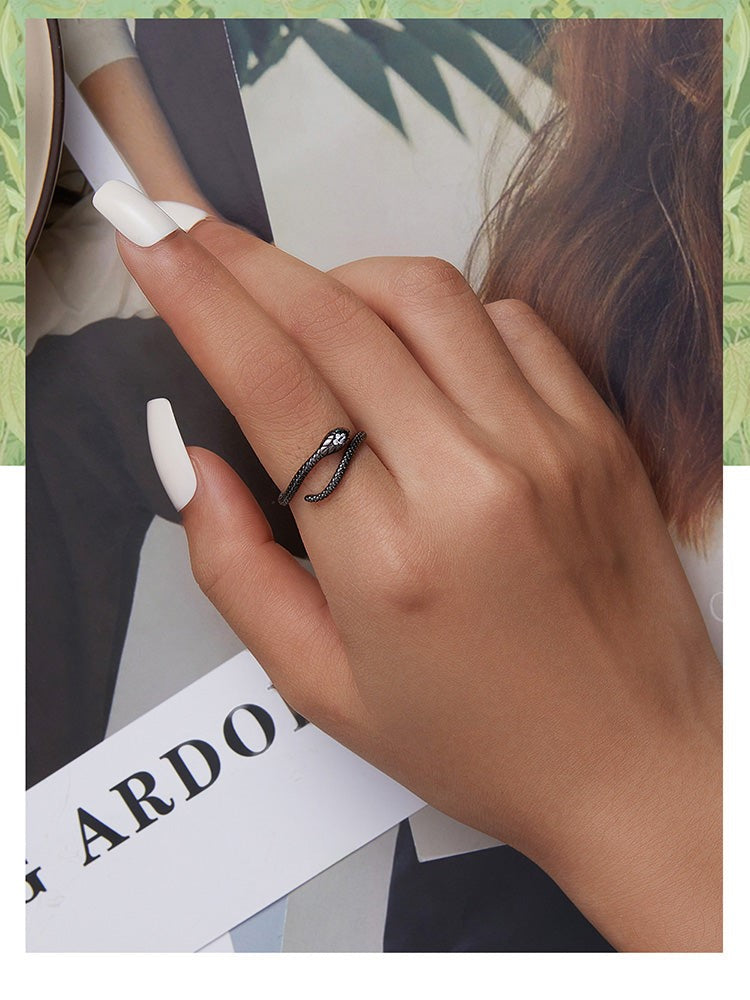
Serpent Ring

Donut Charm
Popular caregories ...
View all-
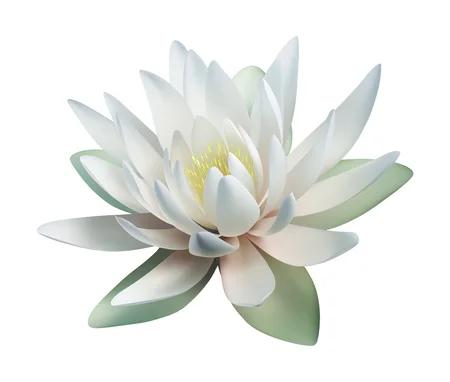
Lotus flower
Lotus Flower Inspired Jewelery ...
-
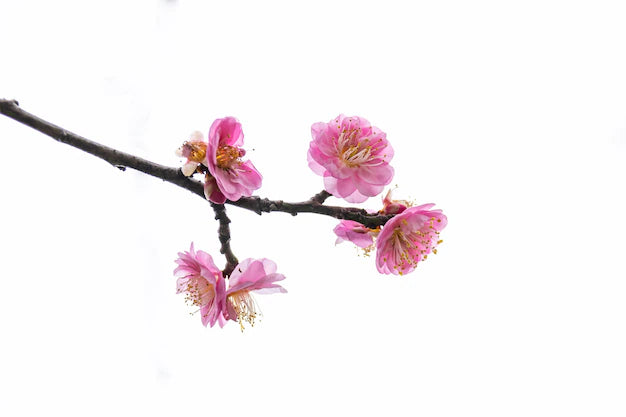
Plum blossom
Jewelery inspired by the Plum Blossom
-
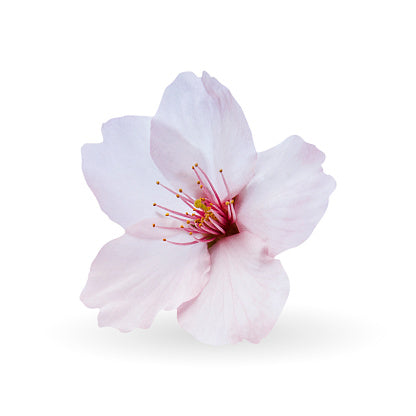
Sakura flowers
Sakura flower inspired jewelry ...
-

Guaranteed quality
Over 25,000 satisfied customers worldwide. -

Secure payment
We entrust the management of our online payments to Stripe and Paypal , 100% safe. -

Money Back Guarantee
Returns are possible up to 30 days from receipt of the items.

4,98 su 5 stelle
Basato su oltre 300 Recensioni.
Visualizzane una selezione o inviaci una tua foto per ottenere un Buono da 10 €
